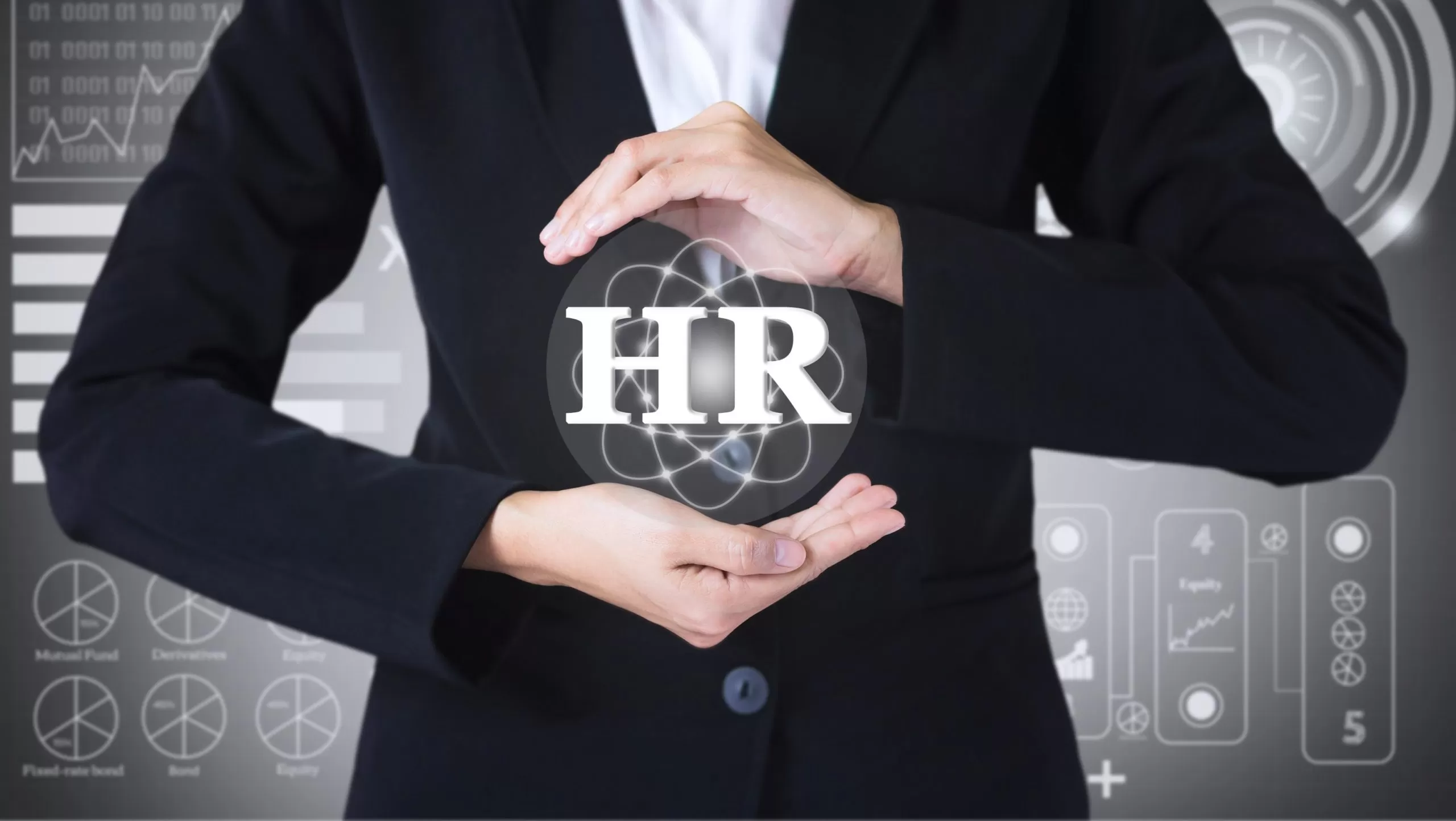Human resource information systems, or HRIS software, can improve performance management procedures by tracking employee growth and defining future team goals. Keeping employees engaged and satisfied may be complicated, but an HRIS can help fill those gaps and improve both engagement and productivity.
To help you get the most out of your human resource tools, we’ve developed a step-by-step guide to effective performance management using an HRIS.
Step #1: Define Your Goals & Objectives
Before getting started, you’ll need to clearly define what you’d like to achieve with your HRIS platform’s performance management features. One goal could be to optimize an employee’s individual performance or it could be to create more learning opportunities within the company for different teams and departments. Another goal of performance management could be to set working expectations with managers and staff. Whatever the objectives of your organization, you can help create a more fulfilling and productive work environment with a top HRIS.
Step #2: Evaluate Your Existing Performance Management Processes
Using an HRIS for performance management may mean changes to your existing processes. Before you get started using HR software for this purpose, evaluate how you’re already handling performance management. In many cases, you can adapt what you’re already doing to use the features of your HRIS. For example, performance management software typically includes performance review features.
Step #3: Look for Areas of Improvement
HRIS can also streamline performance improvement. Oftentimes, employees may not hear feedback from their managers until their annual review. With a performance software tool, continuous feedback can be implemented so that employees can improve their performance right away. Any mistakes or misunderstandings can be addressed at the moment, in real-time. This helps find areas of improvement sooner and increases the quality of work over time.
Step #4: Set Employee Goals & Expectations
An HRIS can help teams set expectations from the very beginning. If there are specific goals or milestones a manager would like their staff to complete, the system can help you define and refine those goals and help remind employees about them. In many companies where expectations are not addressed in the beginning, it can create role confusion. HRIS can enhance internal company communication and goal-setting.
Step #5: Schedule Regular Check-Ins
Regular check-ins with management can help ensure that employees are on track to meeting their goals and expectations. Use your HRIS to create a schedule for regular check-ins and automate notifications to remind everyone. The HRIS can also remind managers to evaluate their employees’ performance and keep track of their progress.
Step #6: Provide Continuous Feedback
Similar to performance improvement, continuous feedback can help all team members receive feedback on an ongoing basis. While having so many regular reviews might be difficult using traditional feedback methods, using an HRIS can make it easier. Managers can leave feedback when it’s most relevant and keep track of that information in a way that employees can access at any time. Employees can then take immediate action to incorporate that feedback into their performances instead of waiting until the annual review.
Step #7: Reward Good Performance
It’s important to let your employees know when they’re doing a good job. Employees who are recognized for their successes tend to be more engaged and, therefore, more productive. Recognition also helps employees to more accurately assess expectations. An HRIS can help your company keep track of milestones that employees have achieved and what awards they’ve earned.
Step #8: Identify Training Opportunities
Your HRIS performance management tools may also help you to identify where there are skill gaps. In some cases, you may want to hire new staff who already have those skills. However, in many cases, employees may need more training in order to perform their jobs better. Using an HRIS can help managers to see where there may be performance issues that could be solved by better training.
Step #9: Inform Your Succession Planning
Identifying top performers is easier with HRIS, which can give managers direct data on which employees are reaching the company’s previously defined goals. As the company evolves and employees grow their skills, it’s critical to have a tool to support the future growth of the company and find which team members can step up to new leadership roles. With all of the continuous feedback and data in the HR system, it helps managers easily identify those employees.
Step #10: Revisit Your Performance Management Processes
Your HRIS should offer reports and insights that can help you to evaluate your performance management processes. Improving this process is a continual effort. You can use everything from system insights to feedback from employees to constantly tweak your performance management to better encourage quality performance











